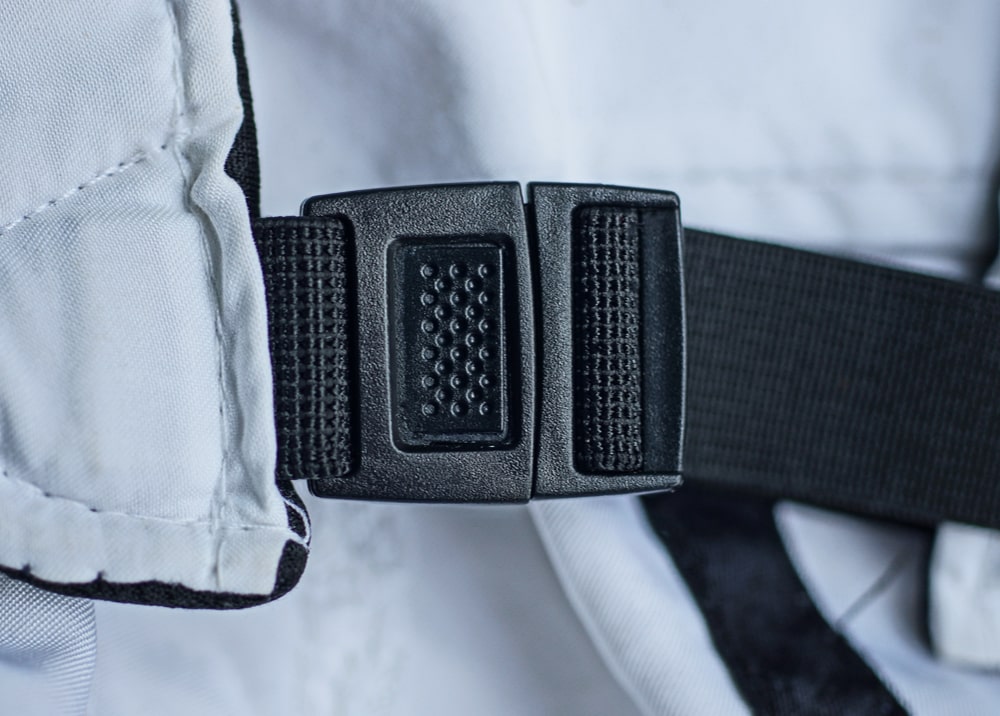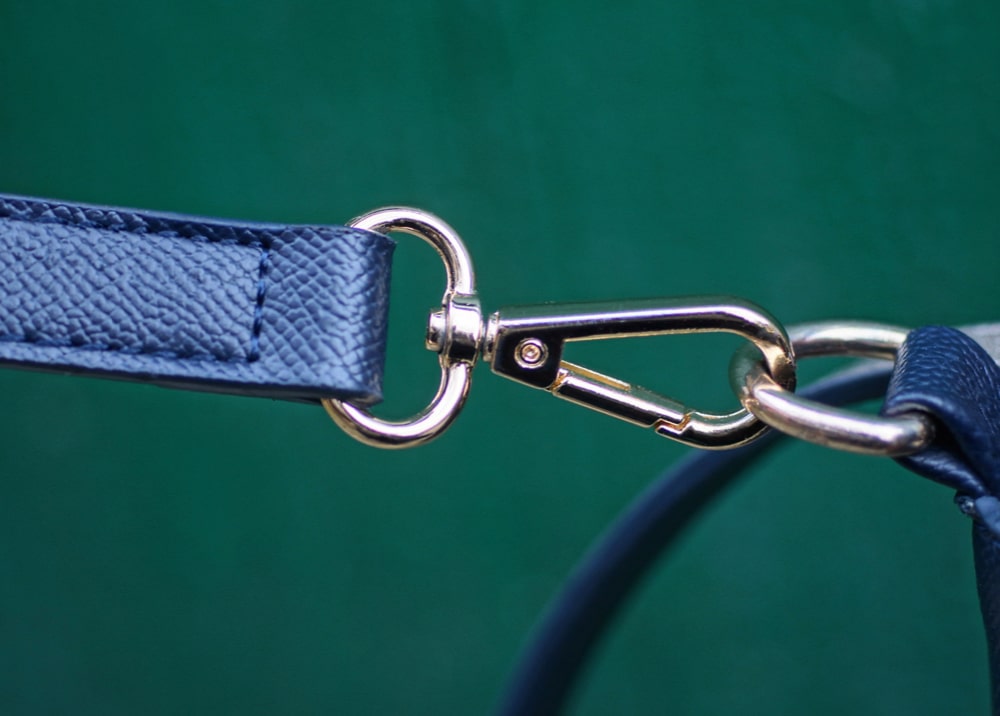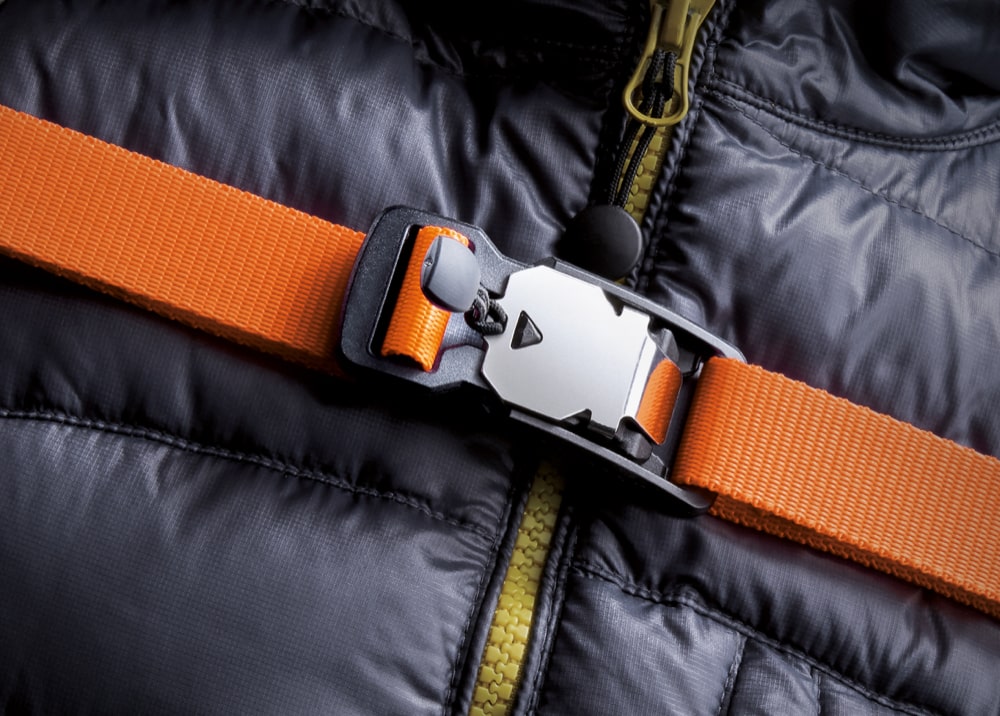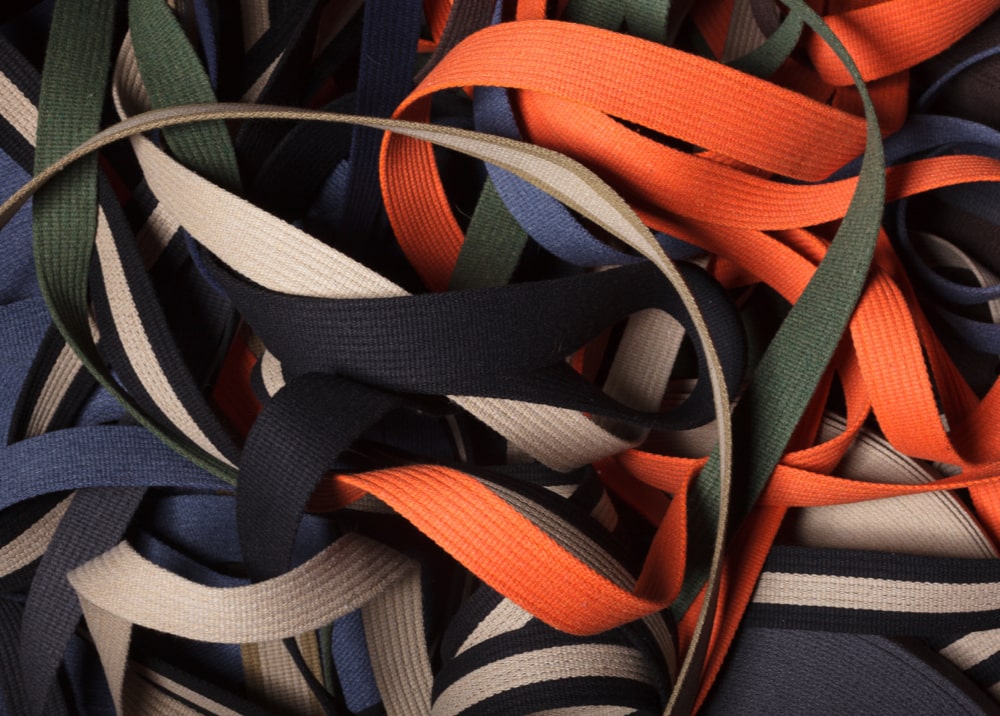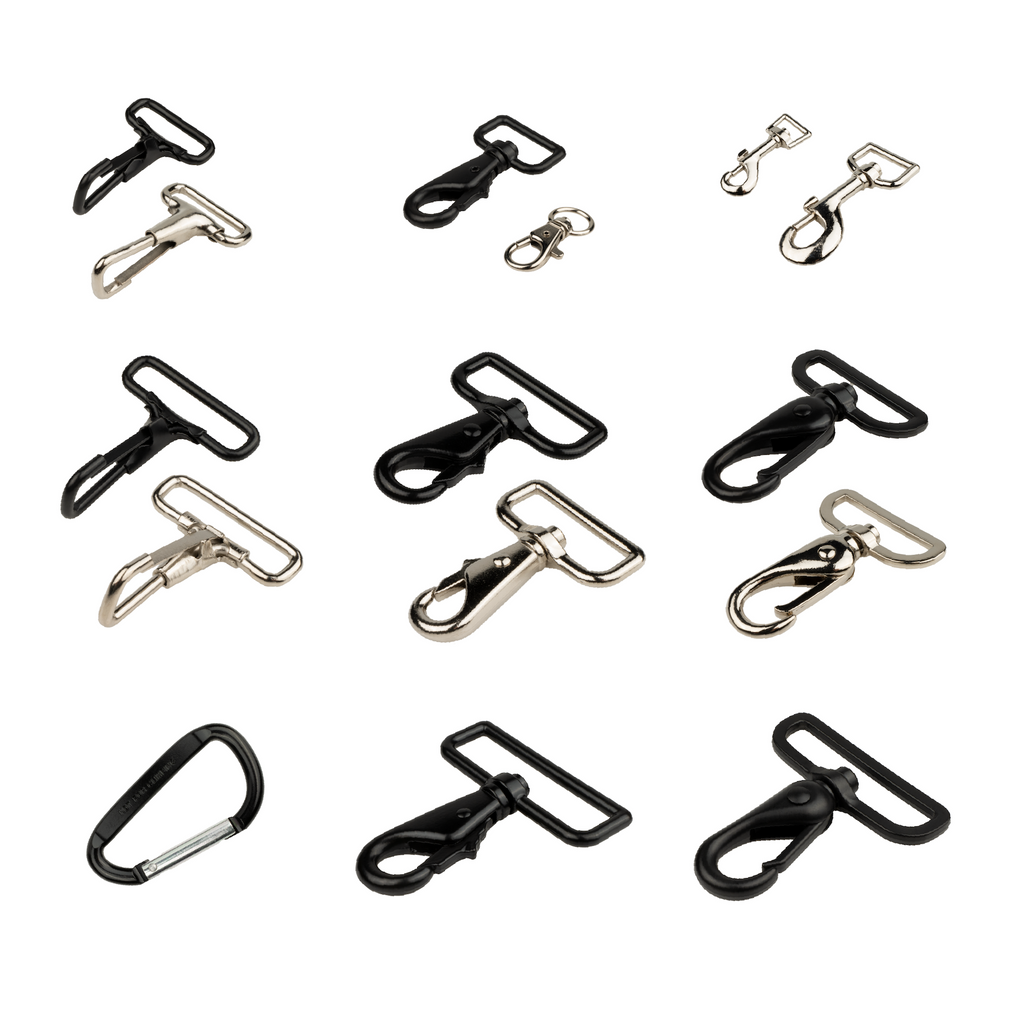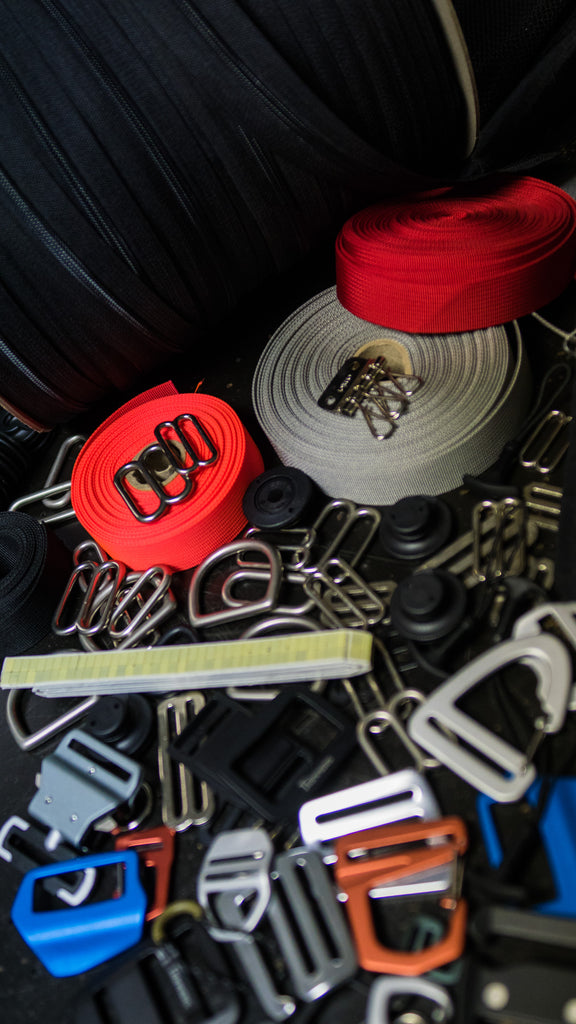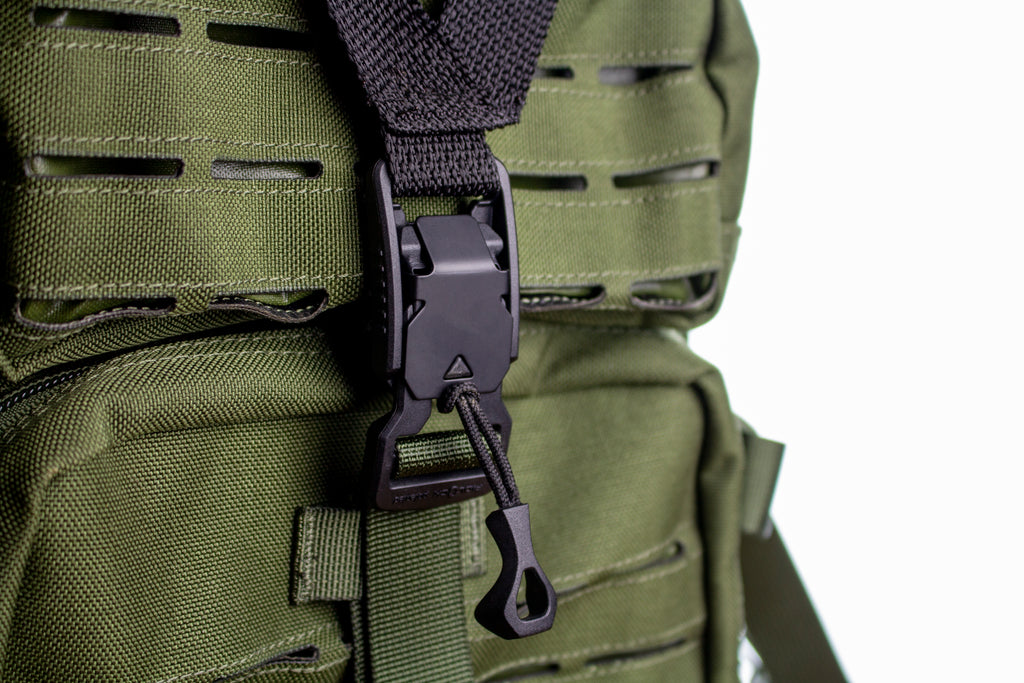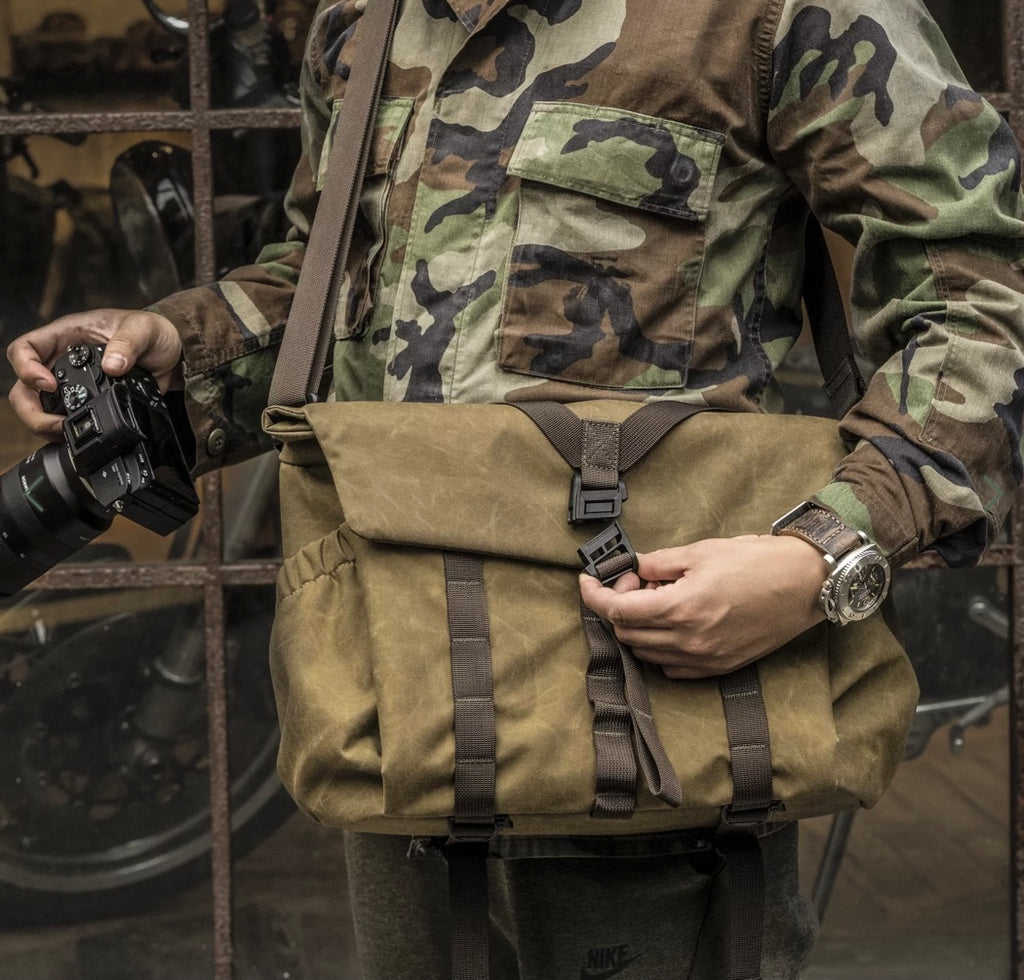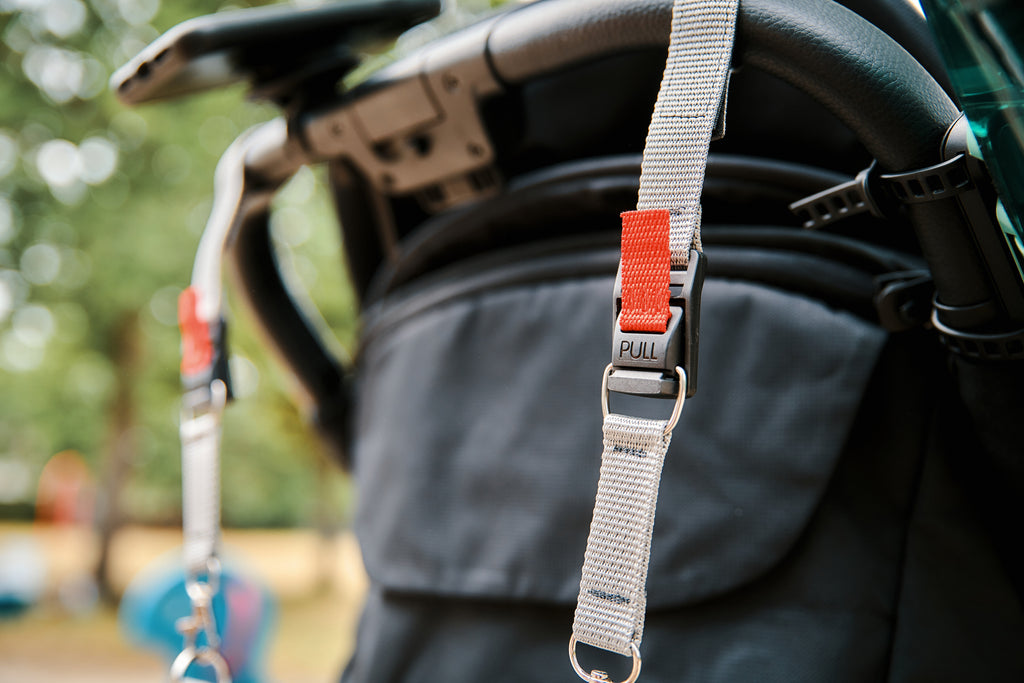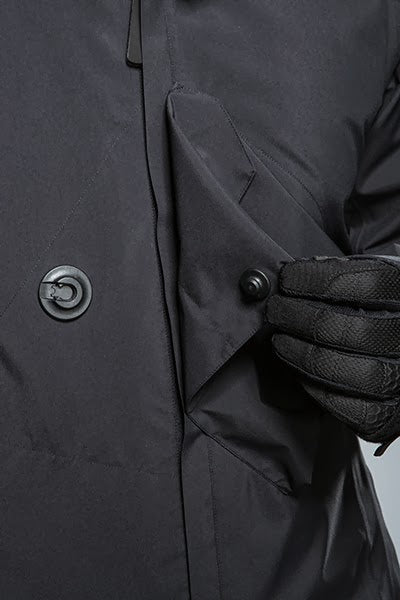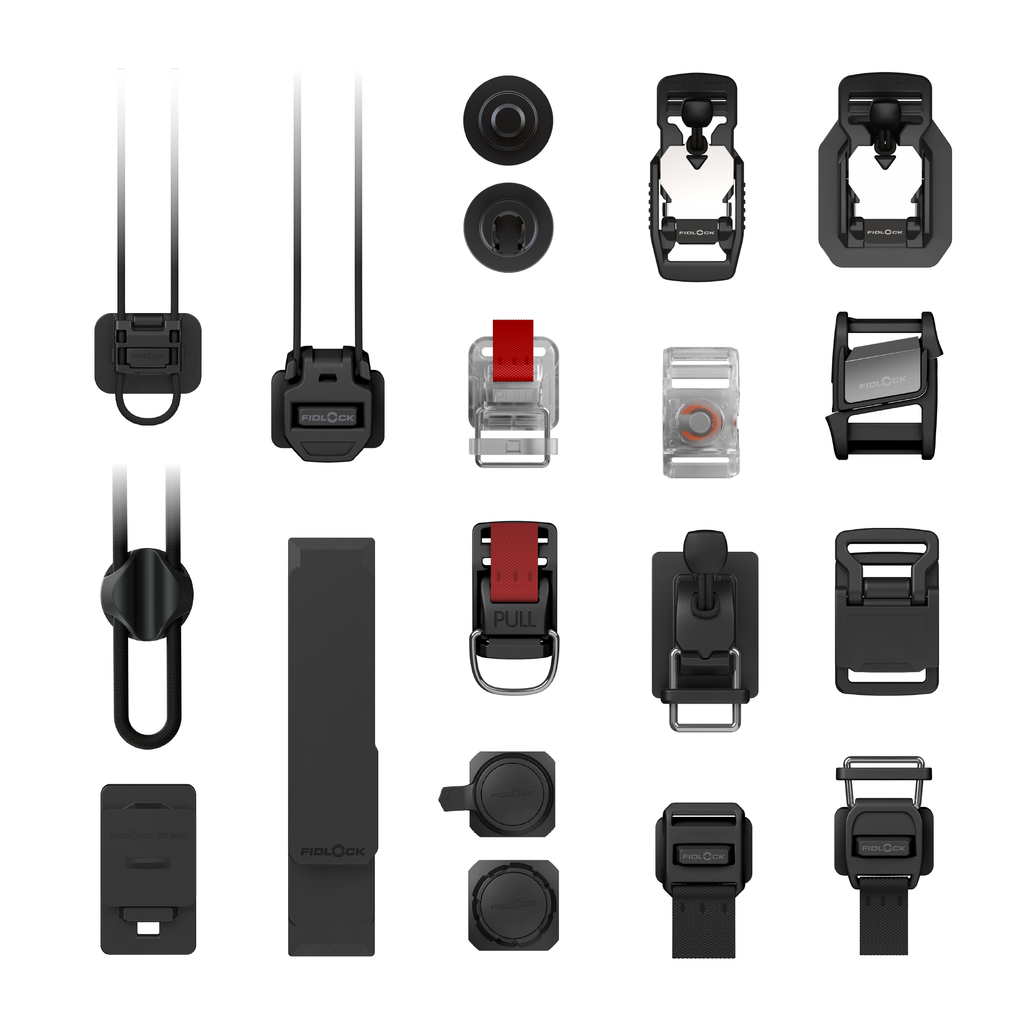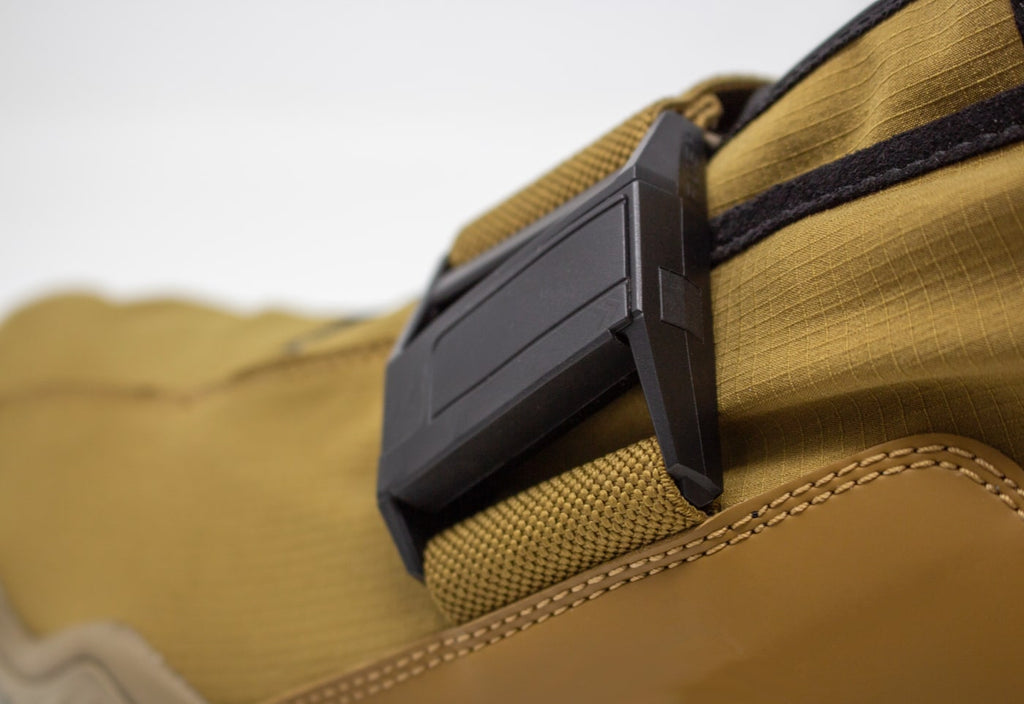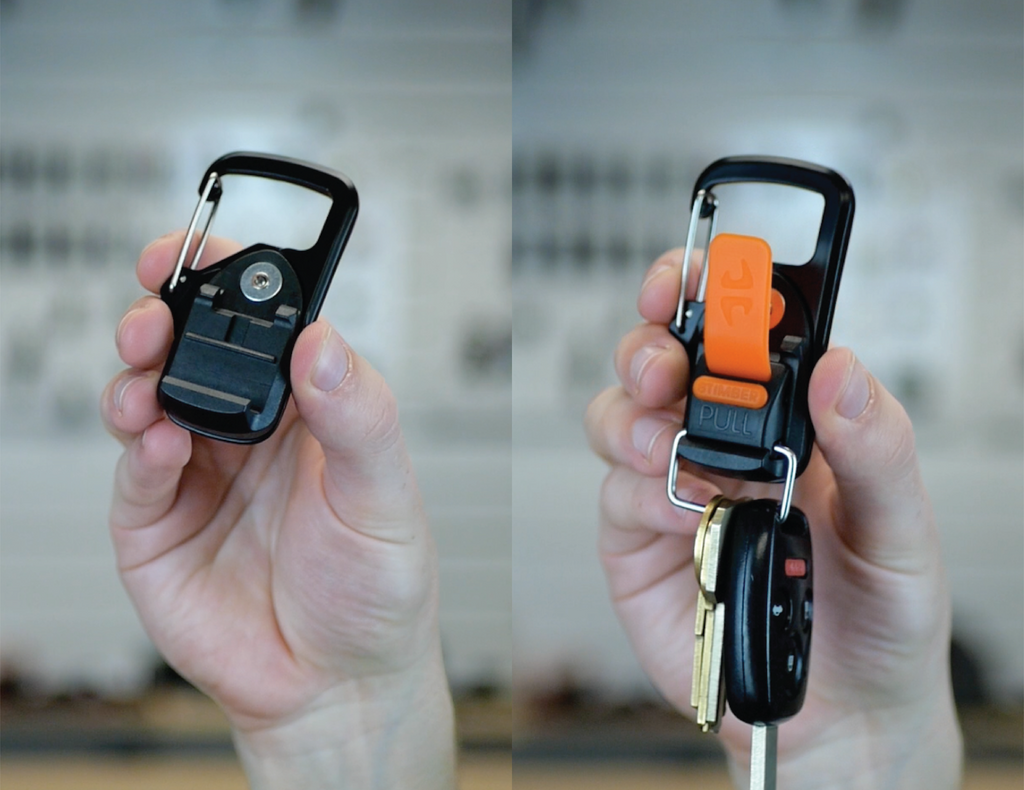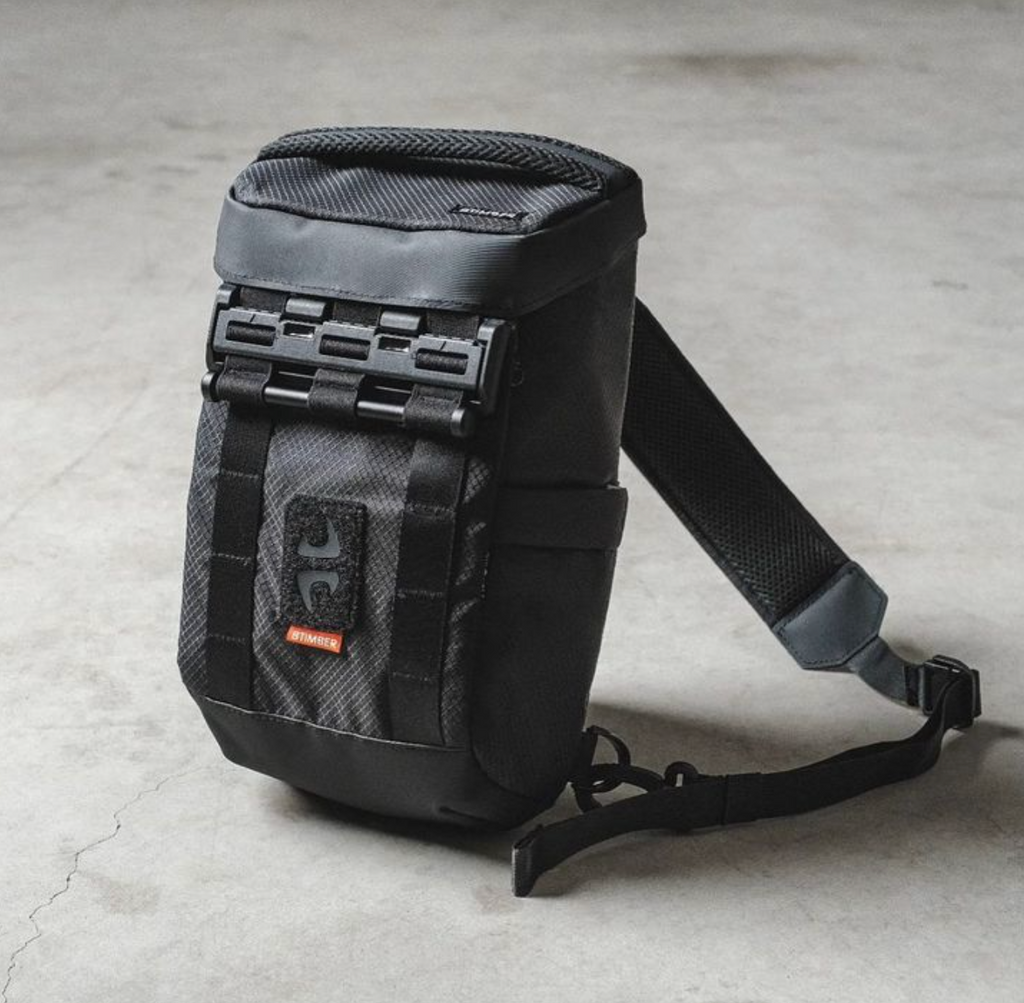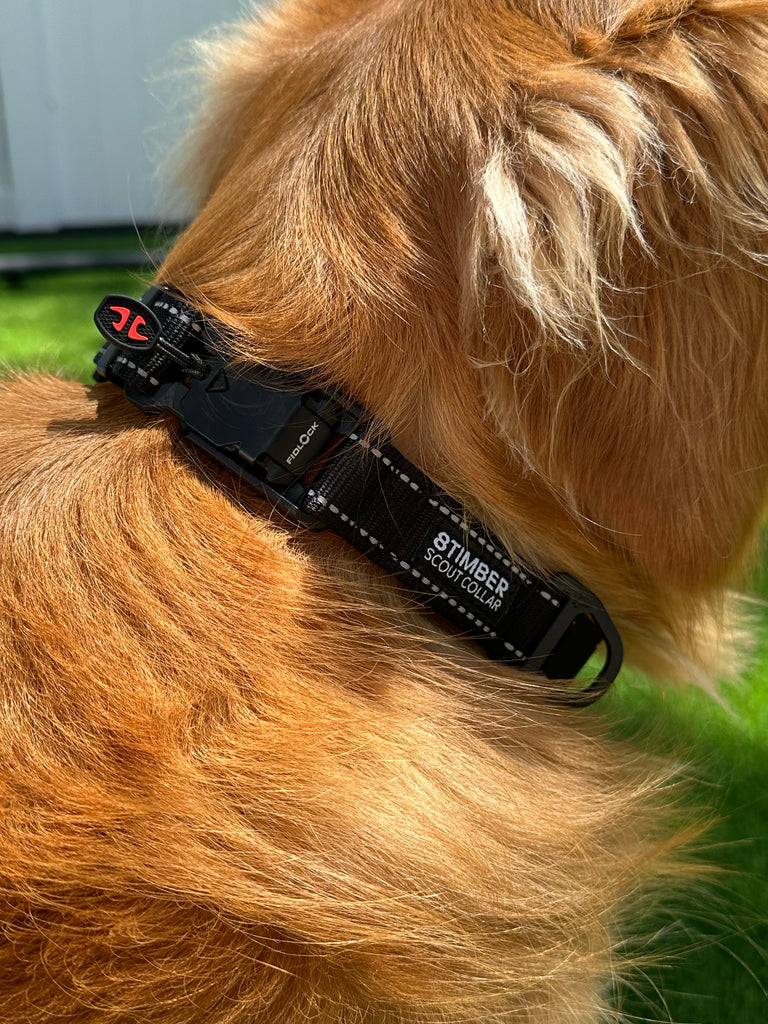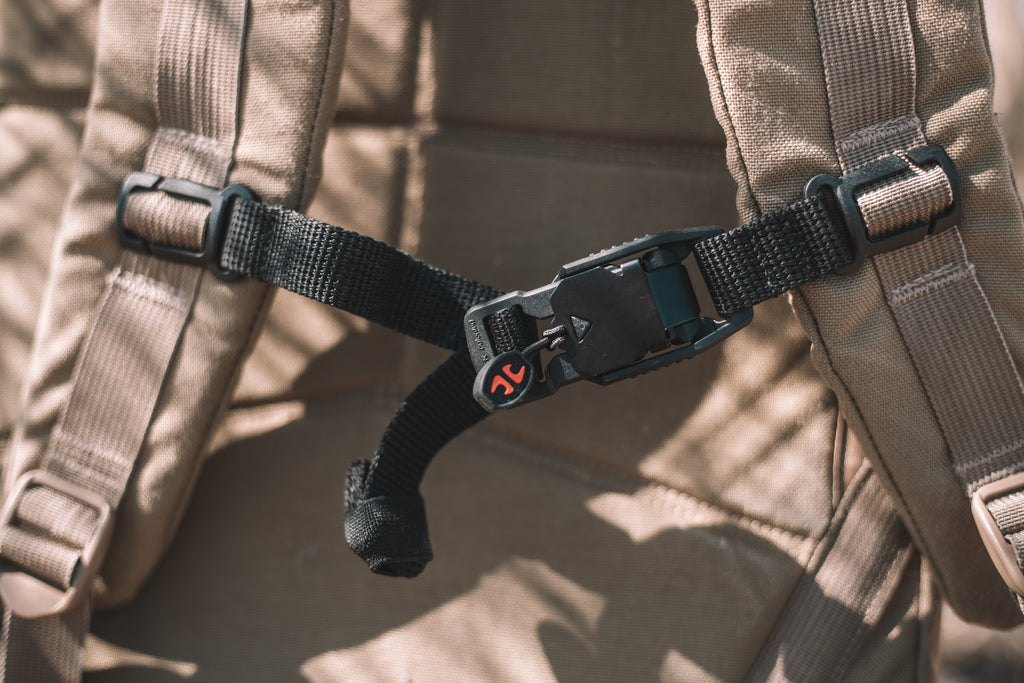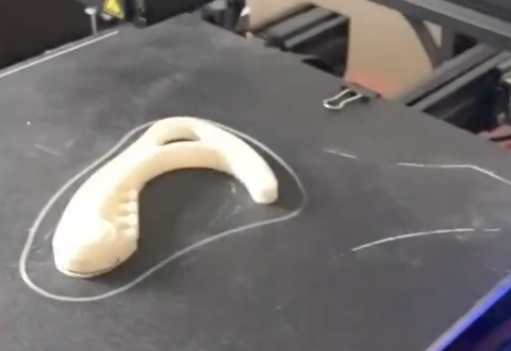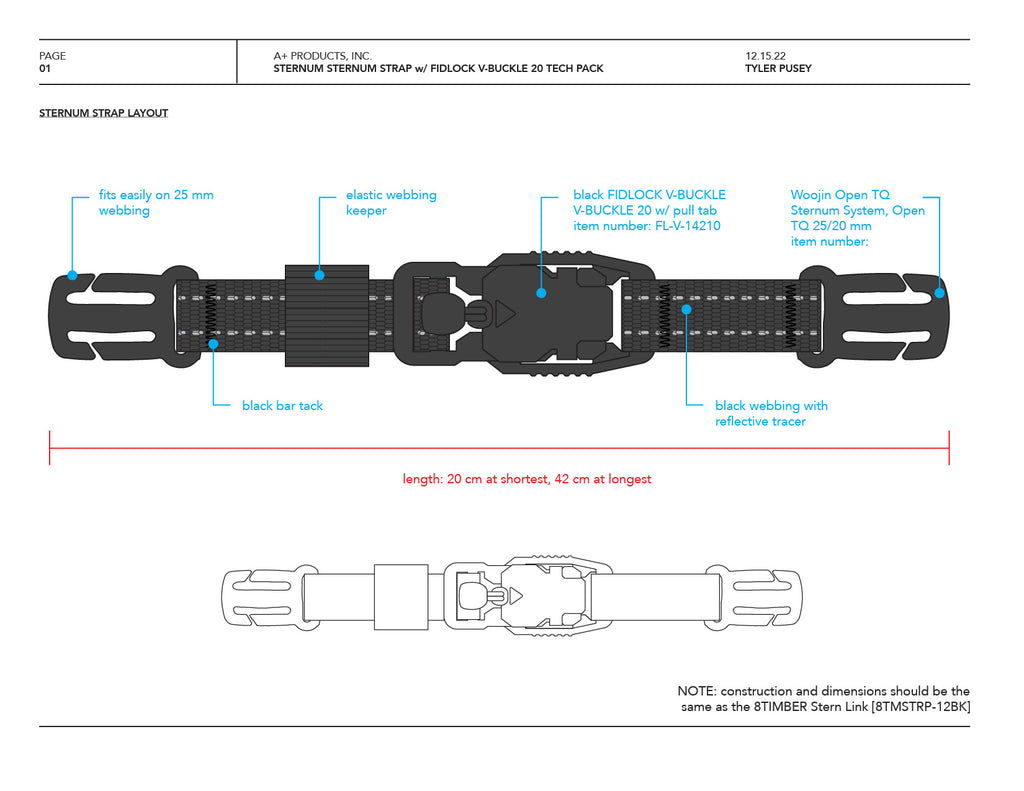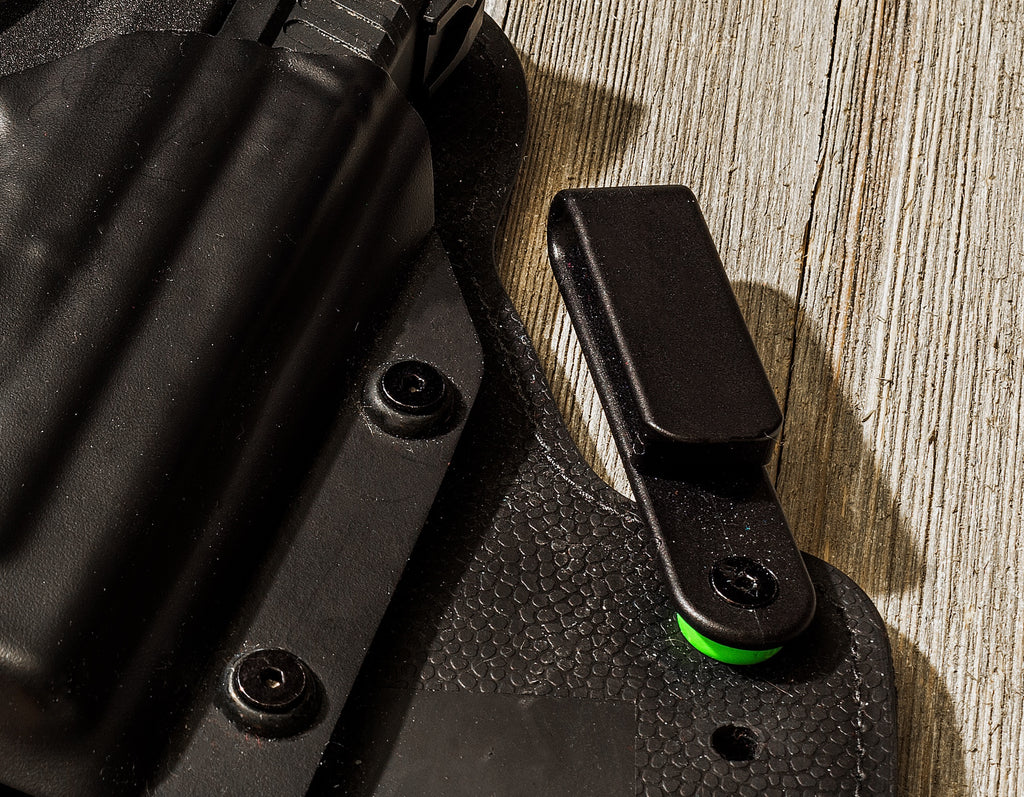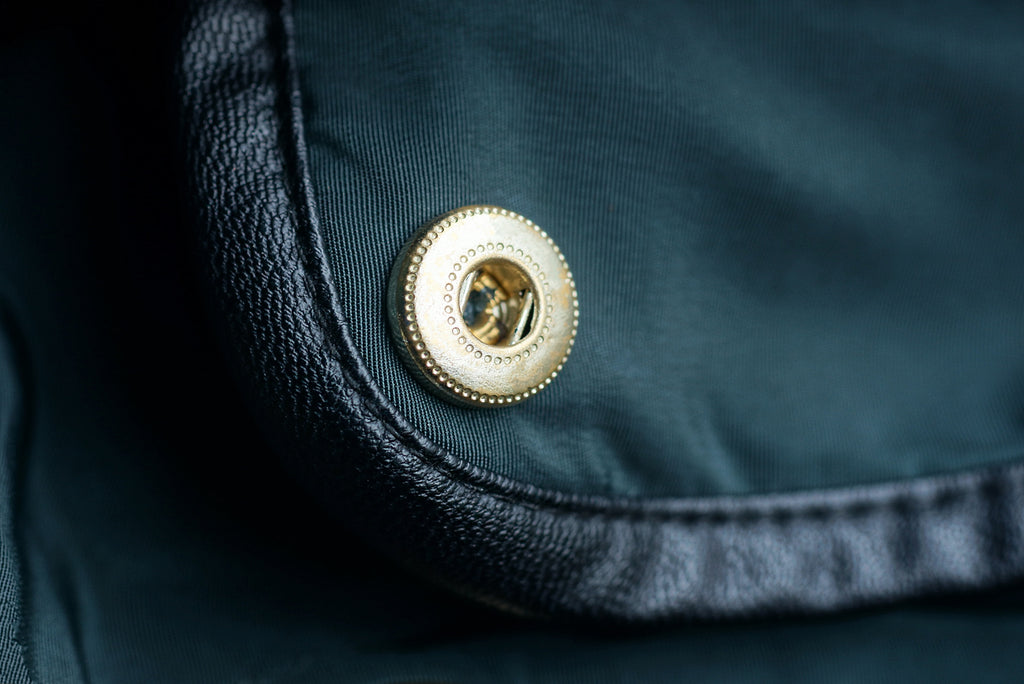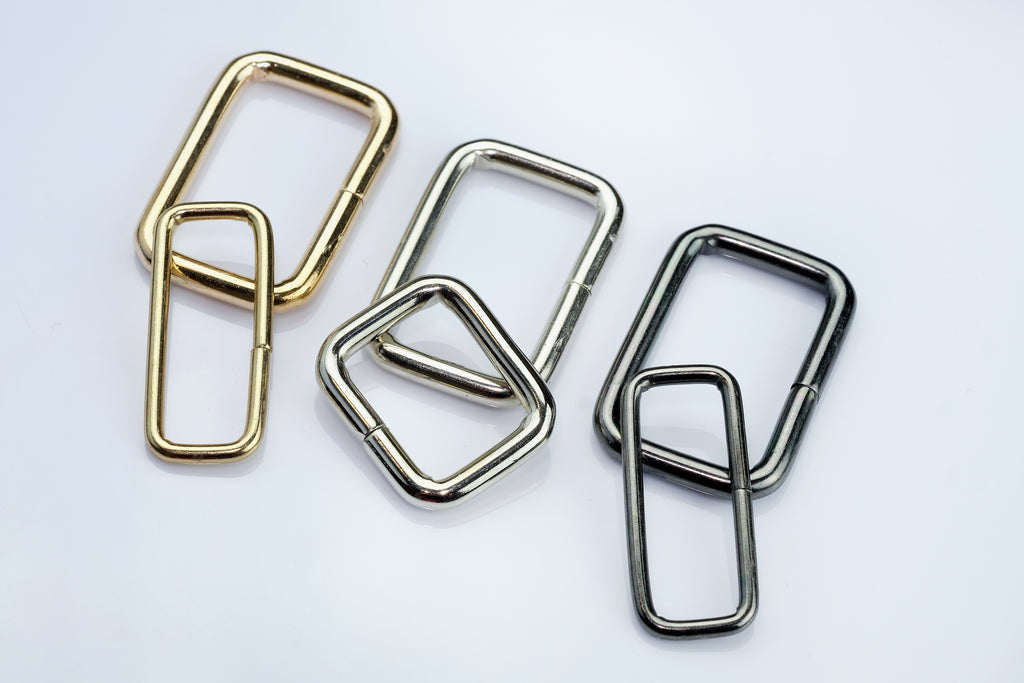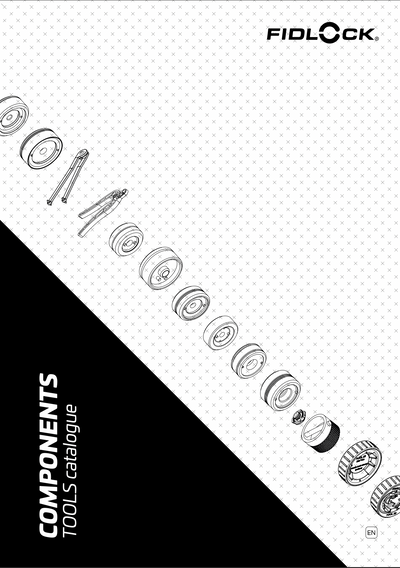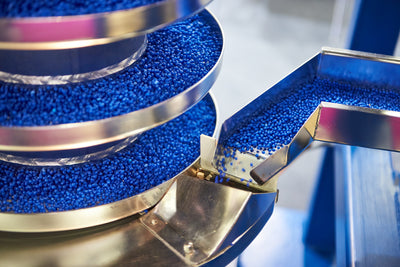
If you saw a red and white can of soda on the table, you wouldn’t need to think about what you were seeing. You would know immediately. That’s the whole idea behind getting the perfect packaging.
The packaging on your product says a lot. The packaging is how people find you, relate to you, and identify with you. It all matters, from the size to the color and the images.
People love to love their favorite products. They are fickle when it comes to certain items. They may not care about these, but there are a few where they just won’t budge. Where they may not care about laundry soap, they will not settle for anything other than their favorite mustard.
Why Packaging Matters
The packaging your product comes in says a lot about what the consumer can expect. It tells them who you are, what your values are, and whether they should trust you. You can use packaging to set your product apart on a store shelf or give your customers a unique experience.
Branding
Branding brings your product to life. It is a statement about what the product is, what the product can do, what your customers can expect, and who you are as a company.
This is what keeps people coming back. Many people buy products based on packaging alone. If there is a design or color they like, or the packaging says something they need to hear, they will buy it.
Your brand is also your story. An image of the product, where it comes from, something else that identifies it with you and you with it. If people know your story, they know your brand and buy it because they relate.
Communication
The packaging is the first thing people are going to see. If your product is on a shelve with several other options, does it say, “buy me?” It should relay a clear message.
People should be able to tell a lot about the product and your company based on their first glance. Don’t leave them guessing. They will just move to the next one available.
You want the packaging to tell the customer what they are buying. If it is something they will be consuming, they want to know it will be good, healthy, low-sodium, or whatever it is they are looking for.
They also want honesty. We have all bought something only to be disappointed that it turns out to look nothing like it does on the box. From toys to crackers, it is important that the packaging is honest.
You Do You
You need to be unique and stand out from the rest of the laundry soap. It doesn’t need to be fancy or look expensive. It needs to reflect what you have in the package and let them know they will get what they see.
People want to see nice packaging. If it catches and pleases the eye, we are far more likely to buy. In a sea of colorful packaging, a plain white or black box with contrasting colored lettering can make it stand out as well as give it a look of class and sophistication.
Recognizability
It’s your ultimate goal when it comes to packaging. No one looks at anything else once they find their red and white can. You want yours to be the go-to for your target audience.
Your name, the logo, the company name, the color of the packages, it all comes down to driving it home for your consumers. You want them to reach for your product because they recognize it and they understand it.
It can be difficult with your product nestled in with a bunch of other similar packages. Especially difficult if many of the products have similar packages or coloring.
Protection
Not just a pretty face, your packaging also keeps your product from being damaged. If your customers get a product that is damaged, it cheapens the brand. The customer will think it is just cheap and not usually buy it again.
Good quality packaging will also save money down the road. It will cost more when they are being made, but it is vital for your product to arrive in perfect condition for your customers.
If they have to send them back, you lose. Even if your product isn’t breakable or fragile, never cheap out on the packaging. People can tell. Cheap on the outside, cheap on the inside.
Keep it Simple
Trying to jam too much stuff on the packaging can be suffocating for the customers. They need to be able to read the information, recognize the product, and make a decision.
Too many design elements, like graphics, text, or too many colors or patterns, are simply dizzying and overwhelming. No one is going to take the time to read it or figure it out if the design is too crowded with information and graphics.
Be consistent with colors. Don’t go crazy with them; find a few that relate to the product, and stick to them. Colors represent a lot of different things for people. You could have a great product and perfect packaging but if people have a bad memory attached to the color blue, there is little you can do about that.
Be flexible with the design. Be open to change and other ideas. You may have the absolute perfect idea, but chances are, you don’t. You also may want to add a few items to your product line, so keep that in mind when you pick your design.
Packaging matters. Just ask the guys who make the red and white can.
